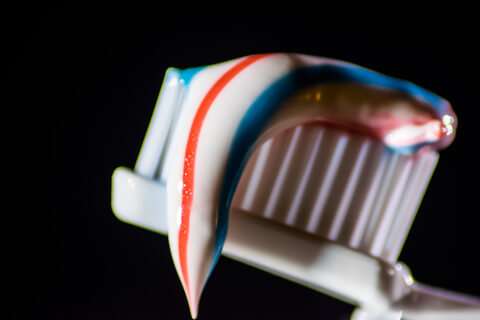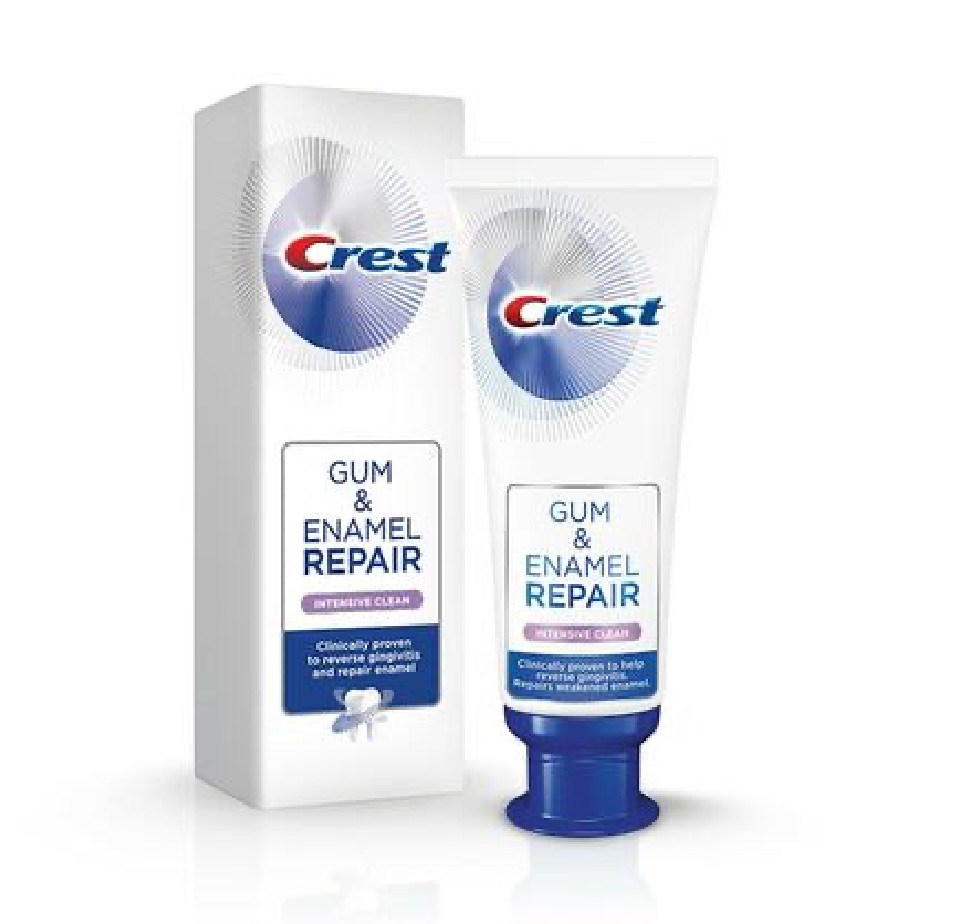Abrasiveness Of Toothpaste

The abrasiveness of toothpaste is a critical factor in determining its effectiveness in removing plaque, bacteria, and surface stains from teeth, while also ensuring the safety and health of tooth enamel and gums. Toothpaste abrasivity is measured by its Relative Dentin Abrasivity (RDA) value, which is a standard scale used to assess the potential of a toothpaste to wear away tooth enamel and dentin. The RDA value ranges from 0 to 200, with lower values indicating lower abrasivity and higher values indicating higher abrasivity.
Toothpastes with high RDA values, typically above 100, are considered to be more abrasive and may be more effective at removing tough stains and plaque. However, these toothpastes may also pose a greater risk of damaging tooth enamel and causing sensitivity, particularly if used with a hard-bristled toothbrush or with excessive force. On the other hand, toothpastes with lower RDA values, typically below 50, are considered to be less abrasive and may be gentler on teeth and gums. However, they may not be as effective at removing stubborn stains and plaque.
Understanding the Impact of Abrasiveness on Teeth

The abrasiveness of toothpaste can have a significant impact on the health and appearance of teeth. Excessive abrasivity can lead to the wearing away of tooth enamel, which can cause sensitivity, discomfort, and increased risk of tooth decay. Furthermore, the erosion of tooth enamel can also lead to the exposure of the underlying dentin, which can cause teeth to become discolored and sensitive.
In contrast, toothpastes with moderate abrasivity can help to remove plaque and surface stains without causing significant damage to tooth enamel. These toothpastes are often formulated with mild abrasives, such as silica or calcium carbonate, which are designed to gently remove plaque and stains without causing excessive wear on teeth.
It's essential to choose a toothpaste that balances effective plaque removal with gentle care for tooth enamel. Look for toothpastes with an RDA value between 50 and 80, which are generally considered to be safe and effective for most teeth.
Factors Influencing Toothpaste Abrasivity
Several factors can influence the abrasivity of toothpaste, including the type and amount of abrasives used, the pH level of the toothpaste, and the presence of other ingredients such as fluoride and whitening agents. Some common abrasives used in toothpaste include:
- Silica: A mild abrasive that is commonly used in toothpastes to remove plaque and surface stains.
- Calcium carbonate: A gentle abrasive that is often used in toothpastes to remove plaque and stains while also helping to neutralize acid and remineralize teeth.
- Baking soda: A mild abrasive that is sometimes used in toothpastes to help remove plaque and stains, while also freshening breath and reducing acidity.
| Abrasive | RDA Value | Description |
|---|---|---|
| Silica | 50-70 | Mild abrasive, commonly used in toothpastes |
| Calcium carbonate | 40-60 | Gentle abrasive, often used in toothpastes to remove plaque and stains |
| Baking soda | 30-50 | Mild abrasive, sometimes used in toothpastes to remove plaque and stains |

Choosing the Right Toothpaste for Your Teeth
With so many toothpastes available on the market, it can be challenging to choose the right one for your teeth. When selecting a toothpaste, consider the following factors:
- Your oral health needs: If you have sensitive teeth or gums, look for a toothpaste with a lower RDA value.
- Your teeth type: If you have teeth that are prone to staining, look for a toothpaste with a moderate RDA value.
- Your personal preferences: If you prefer a toothpaste with a mild flavor and texture, look for one that is formulated with gentle ingredients.
Step 1: Assess Your Oral Health Needs
Consider your oral health needs, including any sensitivity or discomfort you may be experiencing.
Step 2: Choose a Toothpaste with the Right RDA Value
Select a toothpaste with an RDA value that is suitable for your teeth, taking into account any sensitivity or oral health concerns.
Step 3: Consider Additional Ingredients
Think about any additional ingredients you may need, such as fluoride or whitening agents, and choose a toothpaste that meets your needs.
What is the ideal RDA value for a toothpaste?
+The ideal RDA value for a toothpaste depends on individual oral health needs. Generally, a toothpaste with an RDA value between 50 and 80 is considered safe and effective for most teeth.
Can I use a toothpaste with a high RDA value if I have sensitive teeth?
+No, it's not recommended to use a toothpaste with a high RDA value if you have sensitive teeth. High-RDA toothpastes can exacerbate sensitivity and cause discomfort. Instead, opt for a toothpaste with a lower RDA value, typically below 50.
How often should I replace my toothpaste?
+In conclusion, the abrasiveness of toothpaste is a critical factor in determining its effectiveness and safety for teeth. By understanding the RDA value and choosing a toothpaste that balances effective plaque removal with gentle care for tooth enamel, you can maintain good oral health and prevent damage to your teeth. Remember to consider your individual oral health needs and choose a toothpaste that meets your specific requirements. With the right toothpaste and proper oral hygiene practices, you can keep your teeth healthy, strong, and looking their best.

